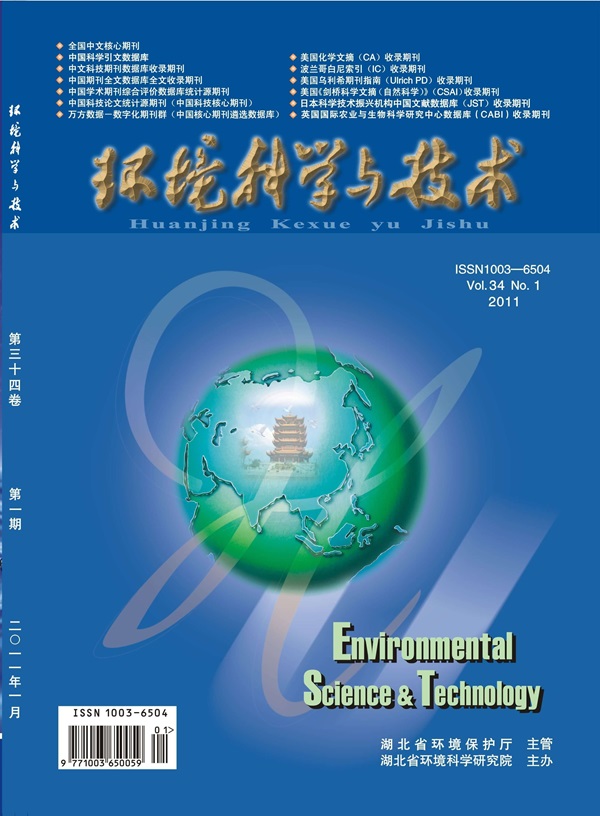Biodegradation of PET by Deep-Sea Pseudomonas chengduensis BC1815 through Utilization of Ethylene Glycol Monomer for Growth
IF 10.8
1区 环境科学与生态学
Q1 ENGINEERING, ENVIRONMENTAL
引用次数: 0
Abstract
An important environmental issue is the pollution caused by poly(ethylene terephthalate) (PET) and the emitted monomers terephthalic acid (TPA) and ethylene glycol (EG). The TPA biodegradation pathway has been well documented for the microbial biodegradation and assimilation of PET; however, the PET biodegradation process by marine microorganisms via the EG biodegradation pathway is less understood. Here, we demonstrate how the marine bacteria Pseudomonas chengduensis BC1815’s membrane-anchored PET esterase (OF113_10420) breaks down PET. We also explain the characteristics of this enzyme and demonstrate that the strain assimilates PET via the EG biodegradation pathway. In addition to depolymerizing PET, PET esterase (OF113_10420) hydrolyzes BHET and MHET to generate EG more efficiently in alkaline circumstances. It has been discovered that P. chengduensis BC1815 cells exhibiting surface-displayed PET esterase (OF113_10420) have the potential to function as cell biocatalysts for the breakdown of PET. Additionally, we look into the microbial communities that have PET esterase linked to the EG biodegradation pathway, primarily those belonging to the phyla Proteobacteria and Actinobacteriota. Consequently, research on the microbial absorption and biodegradation of PET via the EG metabolism route increases our knowledge of the bioremediation of PET pollution in the marine environment and contributes to our understanding of the environmental destiny of PET pollutants in the marine environment.

求助全文
约1分钟内获得全文
求助全文
来源期刊

环境科学与技术
环境科学-工程:环境
CiteScore
17.50
自引率
9.60%
发文量
12359
审稿时长
2.8 months
期刊介绍:
Environmental Science & Technology (ES&T) is a co-sponsored academic and technical magazine by the Hubei Provincial Environmental Protection Bureau and the Hubei Provincial Academy of Environmental Sciences.
Environmental Science & Technology (ES&T) holds the status of Chinese core journals, scientific papers source journals of China, Chinese Science Citation Database source journals, and Chinese Academic Journal Comprehensive Evaluation Database source journals. This publication focuses on the academic field of environmental protection, featuring articles related to environmental protection and technical advancements.
 求助内容:
求助内容: 应助结果提醒方式:
应助结果提醒方式:


